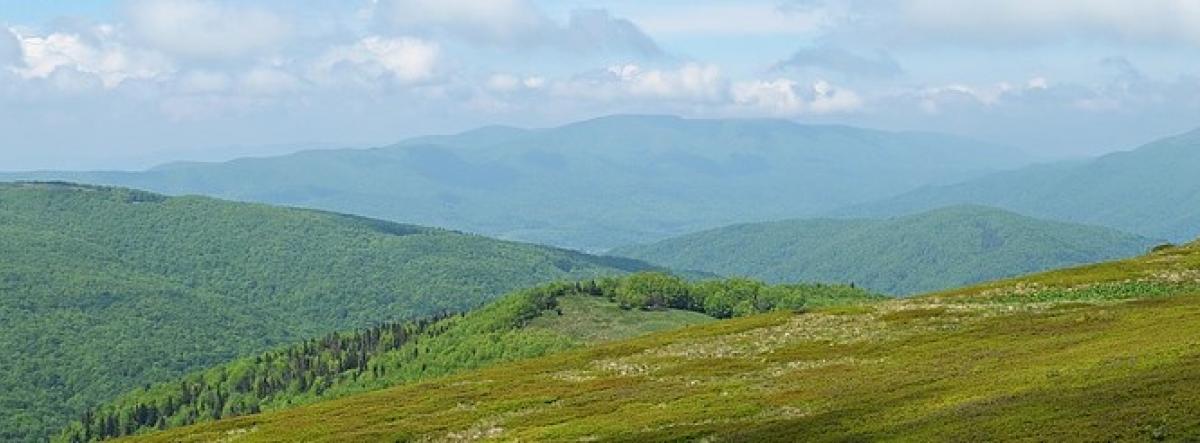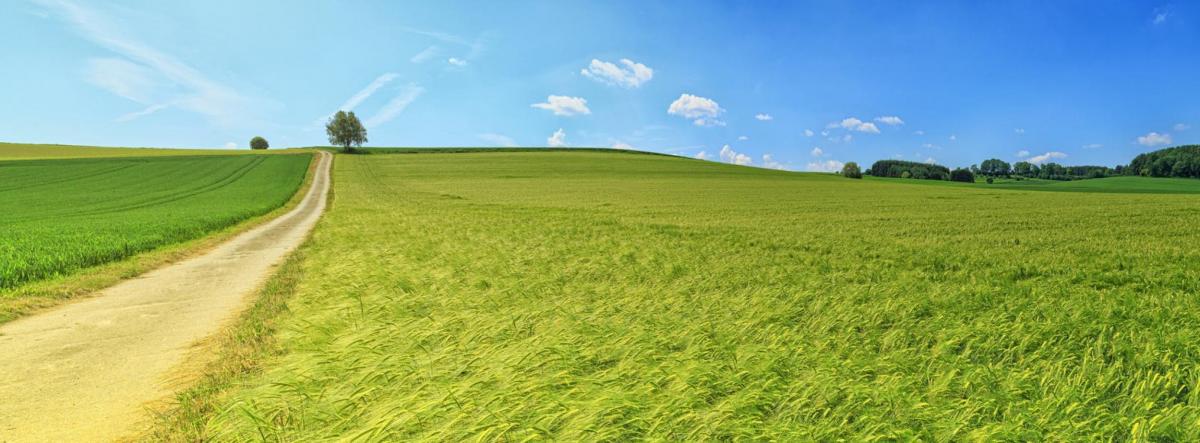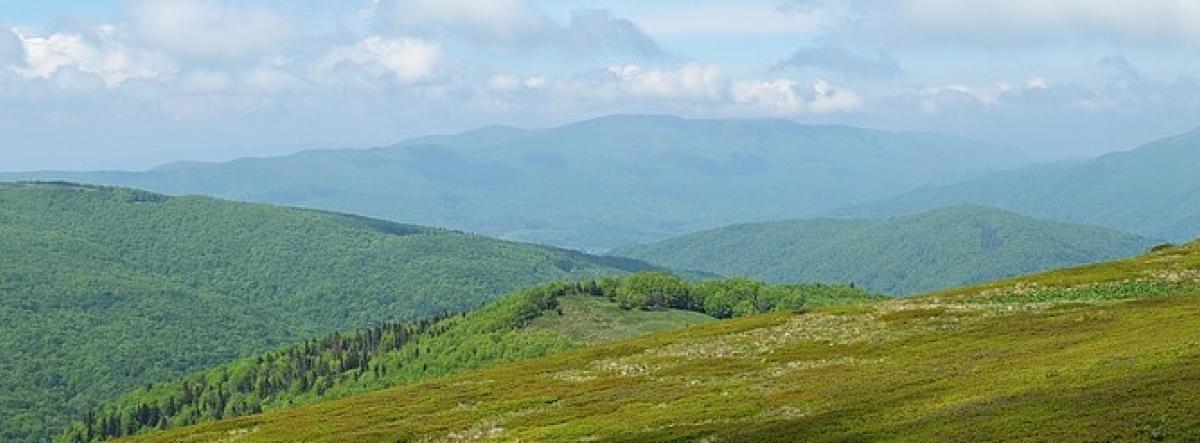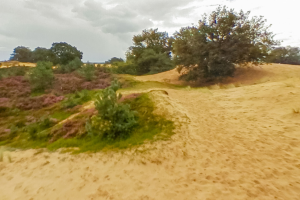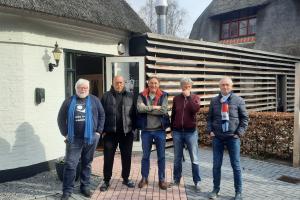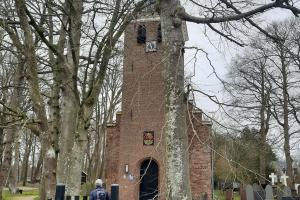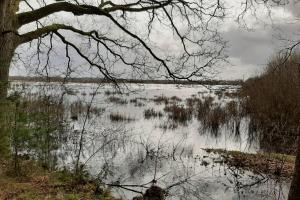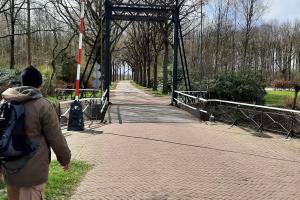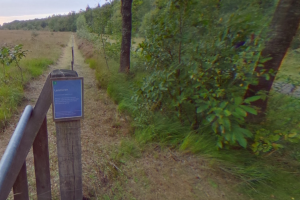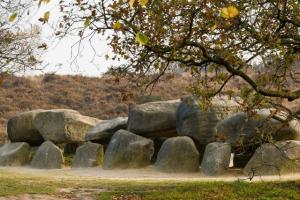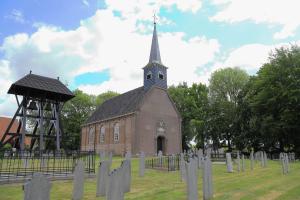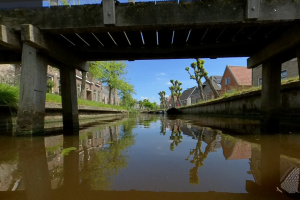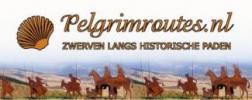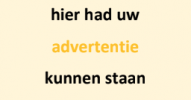Six day hikes in the north of rural Netherlands
This page is not about a multi-day, continuous hike .As you are used to from us
It describes six separate walks of about 18 to 20 km. The walks use two existing long-distance walks in the provinces of Friesland and Drenthe.
We rented a cottage at a campsite in Appelscha for a week. And from here we undertook the six hikes.
In our opinion, these hikes are fine examples of what nature, villages and life are like in this part of the northern Netherlands.
Getting there: rent a car at Schiphol airport and three hours later you can be at a campsite in Appelscha.
It is of course most convenient if you have two cars available on site.
Accommodation: a holiday home in Appelscha at a campsite. ( the Boscamping)
Maps: Hiking guide 1-1 LAW Friese Wouden path. Publisher: Wandelnet. With excellent maps. And the walking guide streekpad Drenthe ( Rondje Drenthe) Wandelnet.
Marking: the well-known white-red marks of the LAW's ( Long distance walks) and the yellow-red marks of the regional paths.
Our day walks:
Day 1: Eastermar - Ureterp....................21,5 km -het Friese Wouden path ( Wouden = wood)
Day 2: Ureterp - Hemrikverlaat.............19,5 km -het Friese Wouden path
Day 3. Ureterp - Donkerbroek W......... 19,1 km -het Friese Wouden path
Day 4. Boijl - Eese................................... 15,0 km -het Friese Wouden path
Day 5: Appelscha - Diever..................... 21,0 km -het Drenthe pad, streekpad (regional trail)
Day 6: Boscamping - Veenhuizen.........16,0 km -het Drenthe pad, streekpad (regional trail)
En route: a route through meadows, past striking ribbon buildings, mounds and over sand ridges, through forests and heathlands. The route follows unpaved roads as much as possible and passes through only very small villages. Incidentally, this implies that hikers walking longer distances would do well to take food and drink with them: one cannot count on there being a supermarket or catering facility in every village.
The other Friesland.
The Wâlden are sand ridges between which beautiful little rivers like the Koningsdiep, the Tjonger and the Linde flow. You could call the landscape a coulisse landscape. Of the endless heathlands of yesteryear, some smaller pieces have been preserved and are now cherished by the Nature Conservancy and the Forestry Commission. The route as we walked it passes through the Lippenhuisterheide, the Duurwouderheide, Friesland's largest remaining heathland and the Fochteloërveen, with birds like the crane and the hen harrier.
Or through the Aekingerzand, the Bald Dunes, a shifting sand area large enough to allow the wind to drift the sand. With the help of grazers, the area is kept free of grass, trees and other plantings.
There is a striking difference between the many shabby cottages of the poor peasant gardeners and peat labourers and the luxurious mansions in Beetsterzwaag and its surroundings. Luxury mansions mostly thanks to the profits from peat extraction (by the Opperlandse Veencompagnie). And meagre cottages because of the meagre wages for work in the peatlands.
The turbulent history this created can be seen in Gorredijk's museum with permanent collections on Pieter Jelle Troelstra and Domela Nieuwenhuis.
A special place in this story are the Colonies of Weldadigheid, founded in 1818. An ambitious initiative to which large numbers of people and families from all over the country living in poverty were sent to practise agriculture, attend school and learn discipline and cleanliness. Or get rid of booze. Several buildings with unmistakable names can still be seen on Day 6. Because the cultural landscape that was created is probably unique in the world, it has been nominated for a spot on the World Heritage List.
The routes through this landscape of south-east Friesland follow unpaved paths as much as possible. The absence of large cities, industries and or highways ensure that you can enjoy that peace and quiet. The route only passes through smaller villages, limiting the possibility of shopping or sitting on a terrace. But you won't walk for this. Right?
As for the language, we were told that part of the population here speaks Stellingwerfs, a language more akin to Drents, Gronings and Platduits than Frisian.
The football club Cambuur from Leeuwarden is called DKV (Thirty Kilometres Further) here. Where yet another kind of Frisian is said to be spoken. People say.
In almost every village in the south-east corner you can find a church(s). Friesland has the highest number of churches per inhabitant. During your walks, walk around one of these churches and learn about the long histories of these buildings.
Special in the southeast corner are the various historical bell towers. These are open structures, usually made of wood, in which bells are placed. They are often found near austere church halls or cemeteries. They used to be used to relay messages( source: VVV Ooststellingwerf-Tourist-information)
Below a film about a mysterious Aekingerzand
